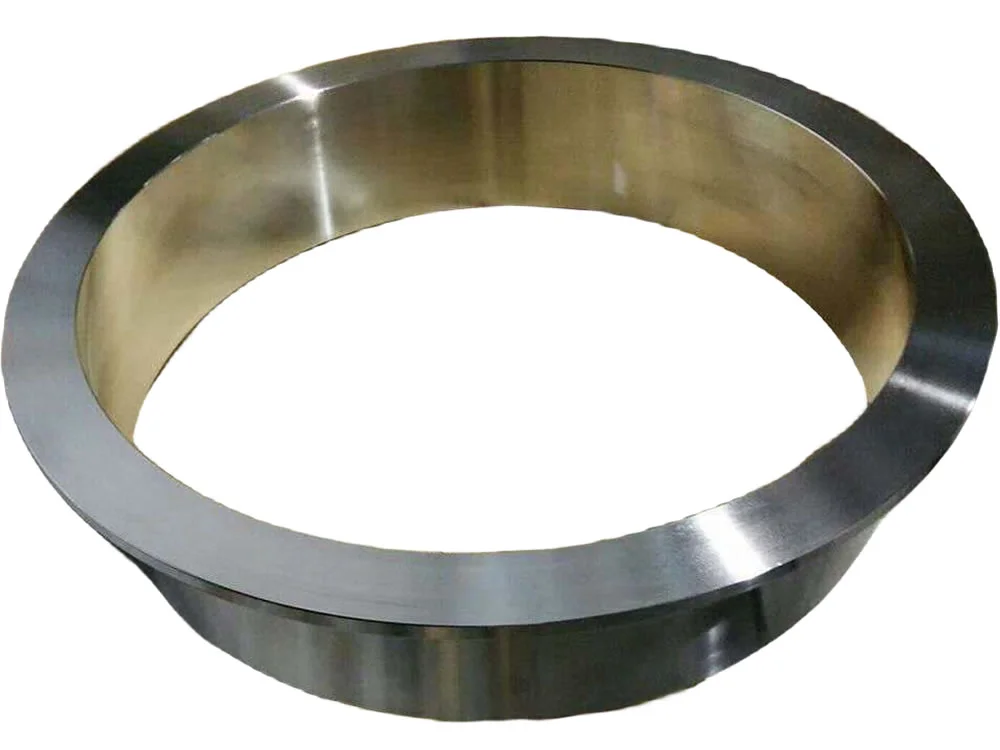
Durable Welded Fittings For Boiler Pipeline Durability
Pipe collar is a pipe fitting used in industrial piping systems to connect pipes, reinforce joints, or facilitate maintenance by providing a sealing point.
Durable Welded Fittings For Boiler Pipeline Durability
Pipe collar is a pipe fitting used in industrial piping systems to connect pipes, reinforce joints, or facilitate maintenance by providing a sealing point. High-quality pipe collars deliver reliable sealing, corrosion resistance, and structural support for industrial and boiler piping systems.
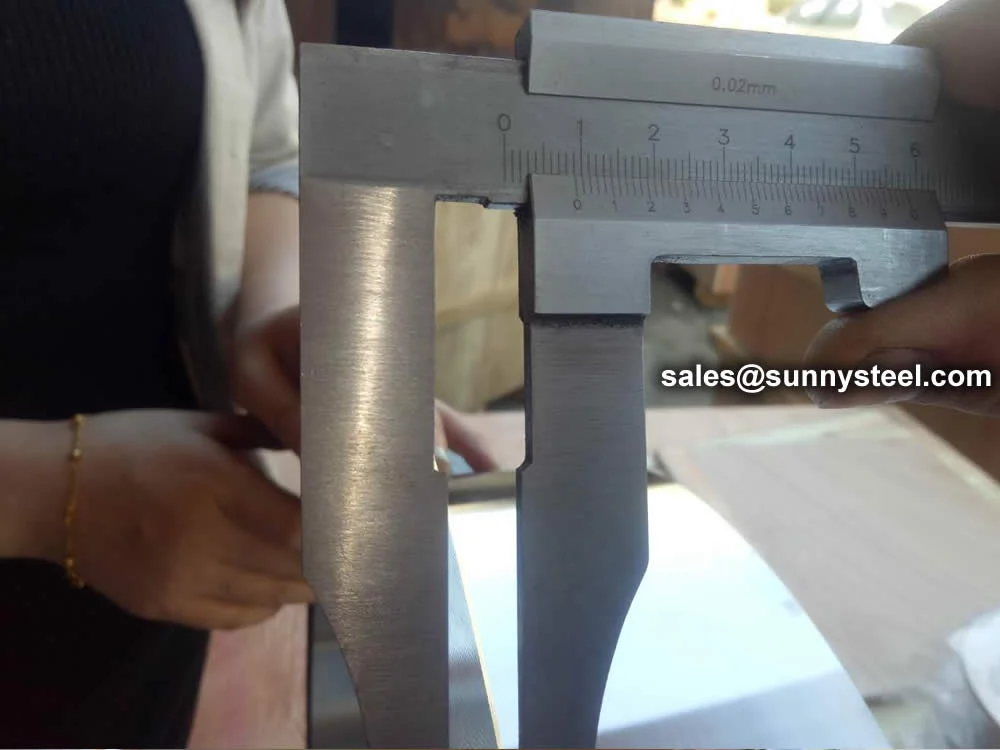
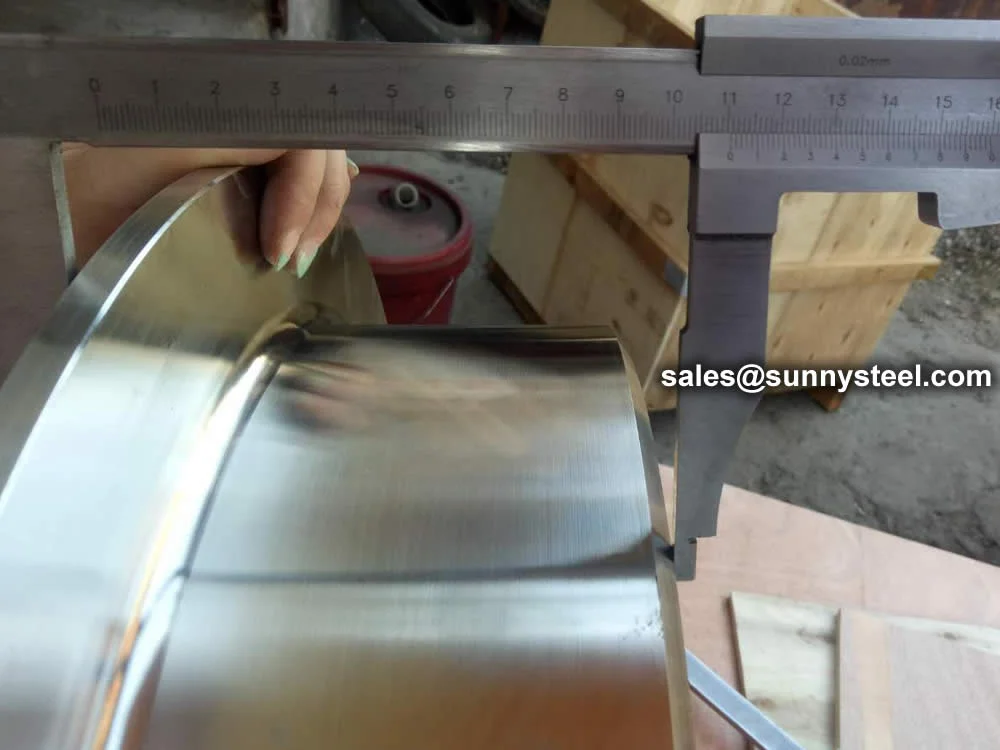
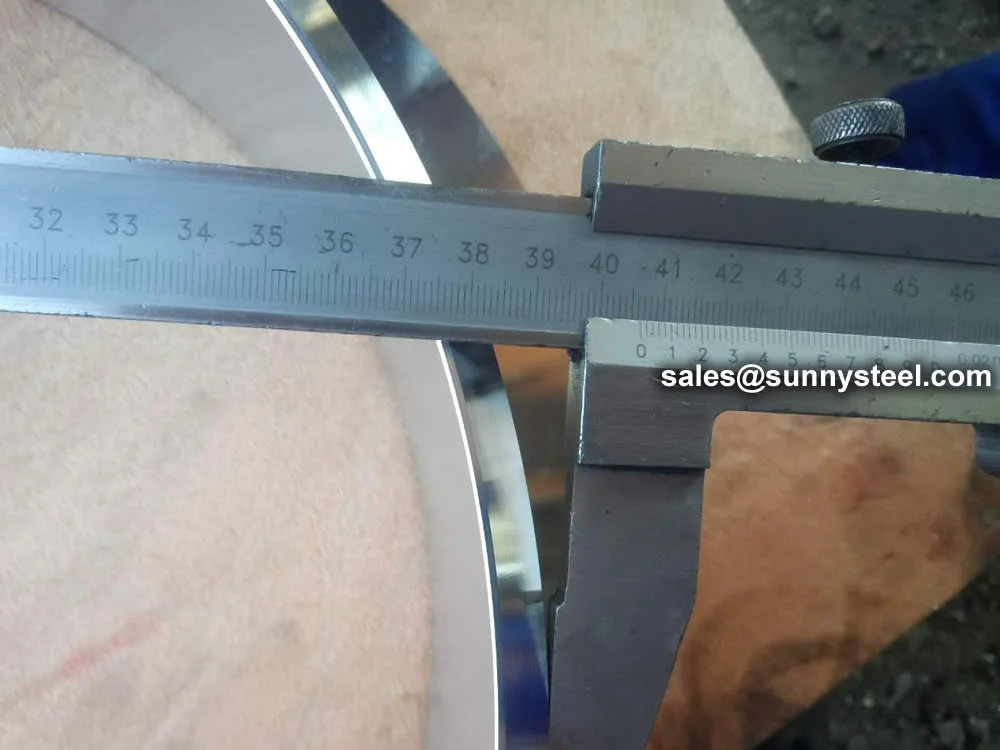
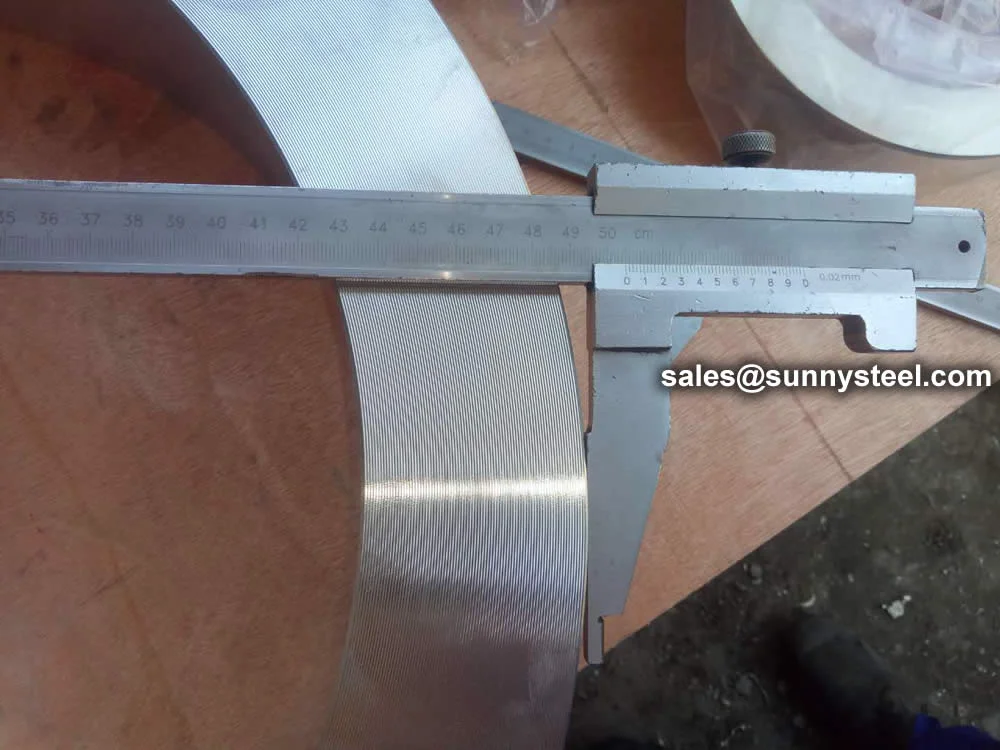
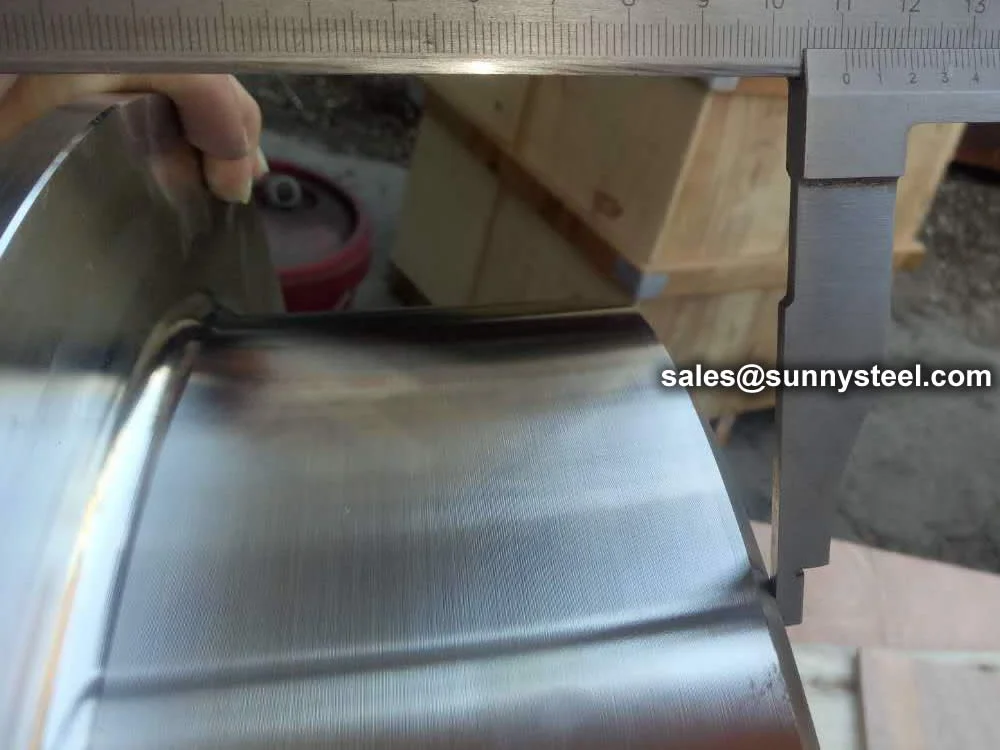
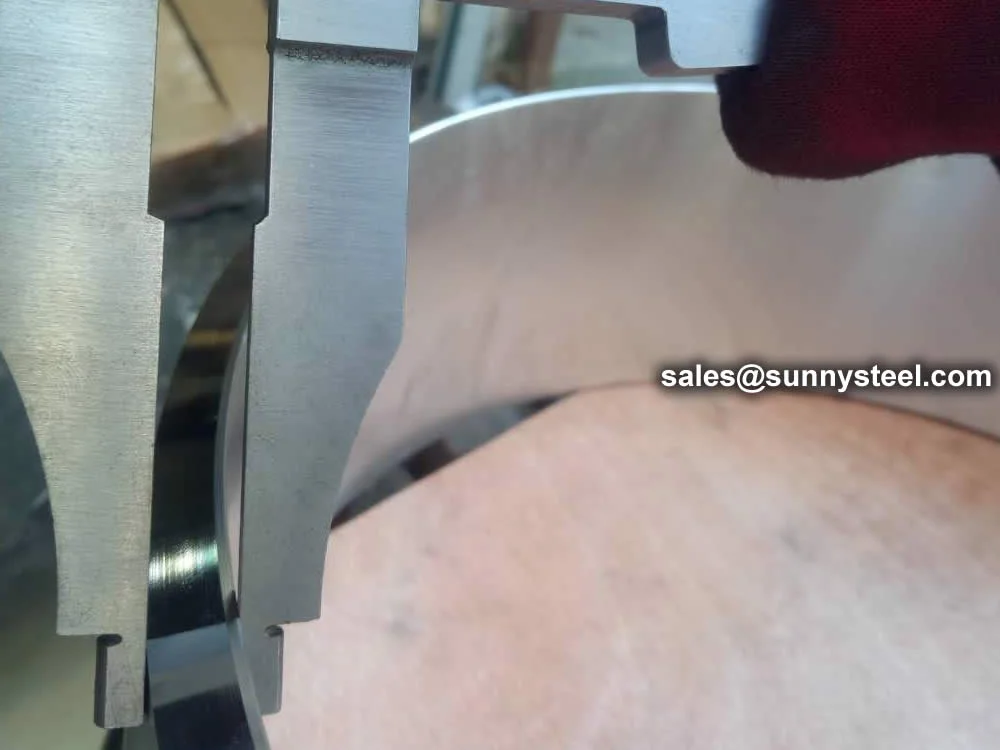
Pipe Collars are essential piping components designed to reinforce and protect pipeline connections, providing structural integrity and preventing leakage in industrial applications. Often used in conjunction with flanges or stub ends, they ensure reliable joint performance under high-pressure and high-temperature conditions, making them suitable for boiler pipelines, refineries, and petrochemical plants.
Pipe Collar is a pipe fitting used in industrial piping systems to connect pipes, reinforce joints, or facilitate maintenance by providing a sealing point. Compliant with ASTM A234 WPB standards, this carbon steel fitting offers robust pipeline corrosion protection and durability, making it ideal for boiler pipeline protection in oil and gas, petrochemical, and power generation industries as of 05:50 AM PDT, September 01, 2025. Its weld neck design ensures high-strength, leak-proof connections for demanding applications.
The Pipe Collar is manufactured using seamless or welded processes, typically from materials like ASTM A234 WPB (carbon steel) for general-purpose applications, ASTM A234 WP22 (low-alloy steel) for high-temperature environments, or ASTM A403 TP347H (stainless steel) for superior corrosion resistance. Available in sizes from 1/2” to 48” (DN 15–DN 1200) and wall thicknesses such as SCH 10, SCH 40, or SCH 80, it meets diverse industrial piping needs. Rigorous testing, including tensile, hydrostatic, and non-destructive tests (radiography or ultrasonic), ensures compliance with ASME B16.9 and MSS SP-75 standards.
Engineered for pipeline corrosion protection, the Pipe Collar can be coated with epoxy, galvanizing, or 3LPE to withstand harsh environments, such as offshore pipelines or chemical plants. Its robust construction resists wear from abrasive materials and high-pressure conditions, ensuring reliability for boiler pipeline protection. The fitting is welded to the pipe using methods like SMAW, GTAW, or GMAW with compatible fillers (e.g., low-carbon for WPB, E9018-B3 for WP22), ensuring seamless integration with pipelines like ASTM A106 Gr.B or API 5L Gr.B.
Unlike branching fittings like Equal Tee, Reducing Tee, Lateral Tee, or ASTM A234 WP22 Tee, or flanged fittings like Stub End (as discussed in your previous queries), the Pipe Collar is primarily used for reinforcement or as a sealing point in welded joints, often paired with weld neck flanges for high-pressure systems. It provides structural support and can be used in applications requiring frequent maintenance or temporary sealing. For highly corrosive environments, stainless steel options like ASTM A403 TP347H are preferred, while WPB offers a cost-effective solution for moderate conditions.
The Pipe Collar addresses challenges like pipeline corrosion, joint integrity, and maintenance efficiency in industrial systems. Its durable design and material options ensure long-term performance, safety, and reliability, making it a top choice for engineers seeking robust industrial piping and boiler pipeline protection solutions.
Manufactured in a wide range of materials including carbon steel, stainless steel, and alloy steels, pipe collars feature excellent corrosion resistance and abrasion resistance. Their main function is to act as a sealing and reinforcement element at the junction of two pipes, minimizing wear caused by fluid flow and mechanical stress. Surface treatments such as galvanizing, pickling, or epoxy coatings can further enhance performance in aggressive environments.
Depending on application requirements, industrial pipe collars are available in various sizes, pressure classes (150# to 2500#), and designs, such as welding collars, slip-on collars, and lap joint collars. They provide flexibility in installation by allowing for easy welding, bolting, or fastening to existing pipeline systems. This makes them a versatile solution for industries requiring frequent maintenance or pipeline modification.
Compared to traditional flanged connections, pipe collars reduce the risk of misalignment and improve sealing efficiency. Their application in pipeline protection extends equipment lifespan, reduces downtime, and lowers maintenance costs. Common industries using pipe collars include oil & gas, chemical processing, water treatment, and power generation.
By addressing challenges like pipeline corrosion, mechanical stress, and wear resistance, pipe collars serve as reliable and cost-effective industrial piping solutions. Engineers prefer pipe collars for their simplicity, durability, and compatibility with modern pipeline systems.
| Feature | ASME/ANSI B16.9 Pipe Collar | ASME/ANSI B16.9 Stub End | ASME/ANSI B16.9 Tee |
|---|---|---|---|
| Material | Carbon Steel (A234 WPB), Stainless Steel (316L), Alloy Steel (WP22) | Stainless Steel (316L), Carbon Steel (A234 WPB), Alloy Steel (WP22) | Stainless Steel (316L), Carbon Steel (A234 WPB), Alloy Steel (WP22) |
| Standard | ASME/ANSI B16.9, ASTM A234/A403 | ASME/ANSI B16.9, ASTM A403/A234, MSS SP-43 | ASME/ANSI B16.9, ASTM A403/A234 |
| Function | Connects pipes, reinforces joints, extends pipelines | Lap joint flange connection for easy disassembly | Branching (equal, reducing, lateral) |
| Corrosion Resistance | Excellent (stainless steel, FBE-coated carbon steel) | Excellent (stainless steel, FBE-coated carbon steel) | Excellent (stainless steel, FBE-coated carbon steel) |
| Erosion Resistance | Good (reinforced joints) | Good (smooth surfaces) | Good (flow applications) |
| Applications | Oil/Gas, Chemical, Power Generation | Chemical, Food/Beverage, Marine | Oil/Gas, Petrochemical, Boilers |
| Temperature Range | Up to 450°C (carbon steel), 870°C (stainless steel) | Up to 870°C (stainless steel), 450°C (carbon steel) | Up to 870°C (stainless steel), 450°C (carbon steel) |
| Key Advantage | Joint reinforcement and pipeline extension | Easy alignment and disassembly | Versatile branching configurations |

A curated list of long-tail keywords for ASME/ANSI B16.9 pipe collars, covering specifications, applications, and material properties, presented in a two-column layout.
Note: ASME/ANSI B16.9 pipe collars are designed for joint reinforcement and corrosion resistance. For detailed specifications, refer to ASME B16.9, ASTM A234/A403, or contact a certified supplier.
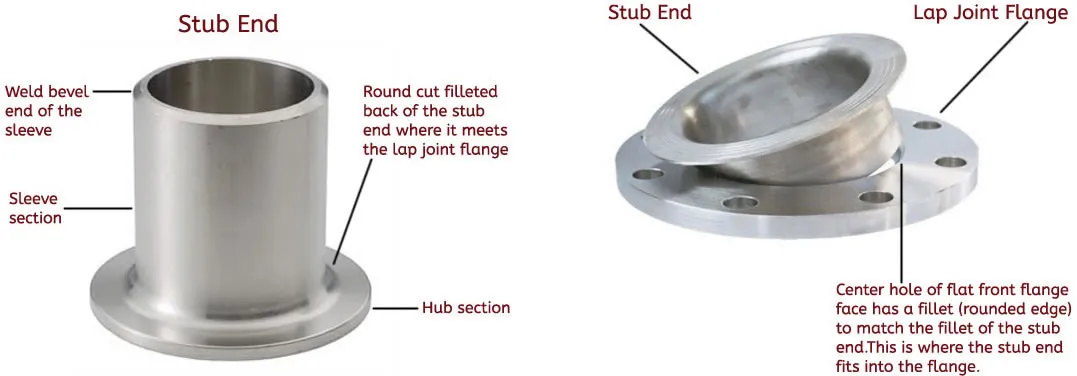
Quick removal of piping sections without disturbing the entire system for maintenance and inspection.
Use expensive materials only where needed, with cheaper backing flanges reducing overall cost.
Rotating backing flange allows easy alignment of bolt holes during installation.
Properly welded and assembled stub ends provide secure and leak-proof joints.
Compatible with various flange types and available in wide range of materials and sizes.
Manufactured to strict international standards with comprehensive testing and inspection.
Description: Produced and machined specifically to fit lap joint flanges.
Description: Suited for standard slip-on flanges acting as lap-joint flanges.
Description: Versatile for both lap joint and slip-on backing flanges.
Description: Similar to Type "C" with concentric serrations on lap face.
Longer length for easier alignment and welding. Suitable for frequent disassembly applications.
Standard Lap Joint FlangesSimilar length to pipe. Ideal for space-limited applications where flange needs to be close to pipe end.
Slip-On FlangesIn piping systems, a stub end is a crucial component used for connecting pipes of different materials and sizes. It provides a convenient and cost-effective solution for achieving a leak-free joint without the need for welding. In this article, we will explore the geometry, types, and applications of stub ends, shedding light on their significance in various industries and projects.
| N.D. | Out diameter | Hight(F) | Stub end O.D.(G) | Beveld radio(R) | ||||
|---|---|---|---|---|---|---|---|---|
| NPS | DN | OD | Mss | ANSI | Nominal&max | Nominal&min | A Max | B Max |
| 1/2 | 15 | 21.3 | 50.8 | 76.2 | 35 | 34 | 3 | 0.8 |
| 3/4 | 20 | 26.7 | 50.8 | 76.2 | 43 | 42 | 3 | 0.8 |
| 1 | 25 | 33.4 | 50.8 | 101.6 | 51 | 50 | 3 | 0.8 |
| 1 1/4 | 32 | 42.4 | 50.8 | 101.6 | 64 | 63 | 4.8 | 0.8 |
| 1 1/2 | 40 | 48.3 | 50.8 | 101.6 | 73 | 72 | 6.4 | 0.8 |
| 2 | 50 | 60.3 | 63.5 | 152.4 | 92 | 91 | 7.9 | 0.8 |
| 2 1/2 | 65 | 73 | 63.5 | 152.4 | 105 | 104 | 7.9 | 0.8 |
| 3 | 80 | 88.9 | 63.5 | 152.4 | 127 | 126 | 9.6 | 0.8 |
| 3 1/2 | 90 | 101.6 | 76.2 | 152.4 | 140 | 139 | 9.6 | 0.8 |
| 4 | 100 | 114.3 | 76.2 | 152.4 | 157 | 156 | 11.2 | 0.8 |
| 5 | 125 | 141.3 | 76.2 | 203.2 | 186 | 185 | 11.2 | 1.6 |
| 6 | 150 | 168.3 | 88.9 | 203.2 | 216 | 215 | 12.7 | 1.6 |
| 8 | 200 | 219.1 | 101.6 | 203.2 | 270 | 269 | 12.7 | 1.6 |
| 10 | 250 | 273.1 | 127 | 254 | 324 | 322 | 12.7 | 1.6 |
| 12 | 300 | 323.9 | 152.4 | 254 | 381 | 379 | 12.7 | 1.6 |
| 14 | 350 | 355.6 | 152.4 | 304.8 | 413 | 411 | 12.7 | 1.6 |
| 16 | 400 | 406.4 | 152.4 | 304.8 | 470 | 468 | 12.7 | 1.6 |
| 18 | 450 | 457.2 | 152.4 | 304.8 | 533 | 531 | 12.7 | 1.6 |
| 20 | 500 | 508 | 152.4 | 304.8 | 584 | 582 | 12.7 | 1.6 |
| 22 | 550 | 559 | 152.4 | 304.8 | 641 | 639 | 12.7 | 1.6 |
| 24 | 600 | 610 | 152.4 | 304.8 | 692 | 690 | 12.7 | 1.6 |
The following information shall be provided to order a stub end:
Stub ends can be ordered with different ends finishing:
| Material Type | Standards & Grades | Characteristics | Applications |
|---|---|---|---|
| Carbon Steel | ASTM A234 WPB, A420 WPL6 | High strength, cost-effective, good weldability | General industrial piping, oil & gas, power generation |
| Stainless Steel | ASTM A403 WP304/304L, WP316/316L | Excellent corrosion resistance, hygienic properties | Chemical processing, food & beverage, pharmaceutical |
| Alloy Steel | ASTM A234 WP1, WP5, WP9, WP11, WP22, WP91 | Enhanced strength, high-temperature resistance | High-temperature and high-pressure services |
Butt Weld Fittings
Stainless Steel Fittings
Buttwelding Ends
Japanese Standards
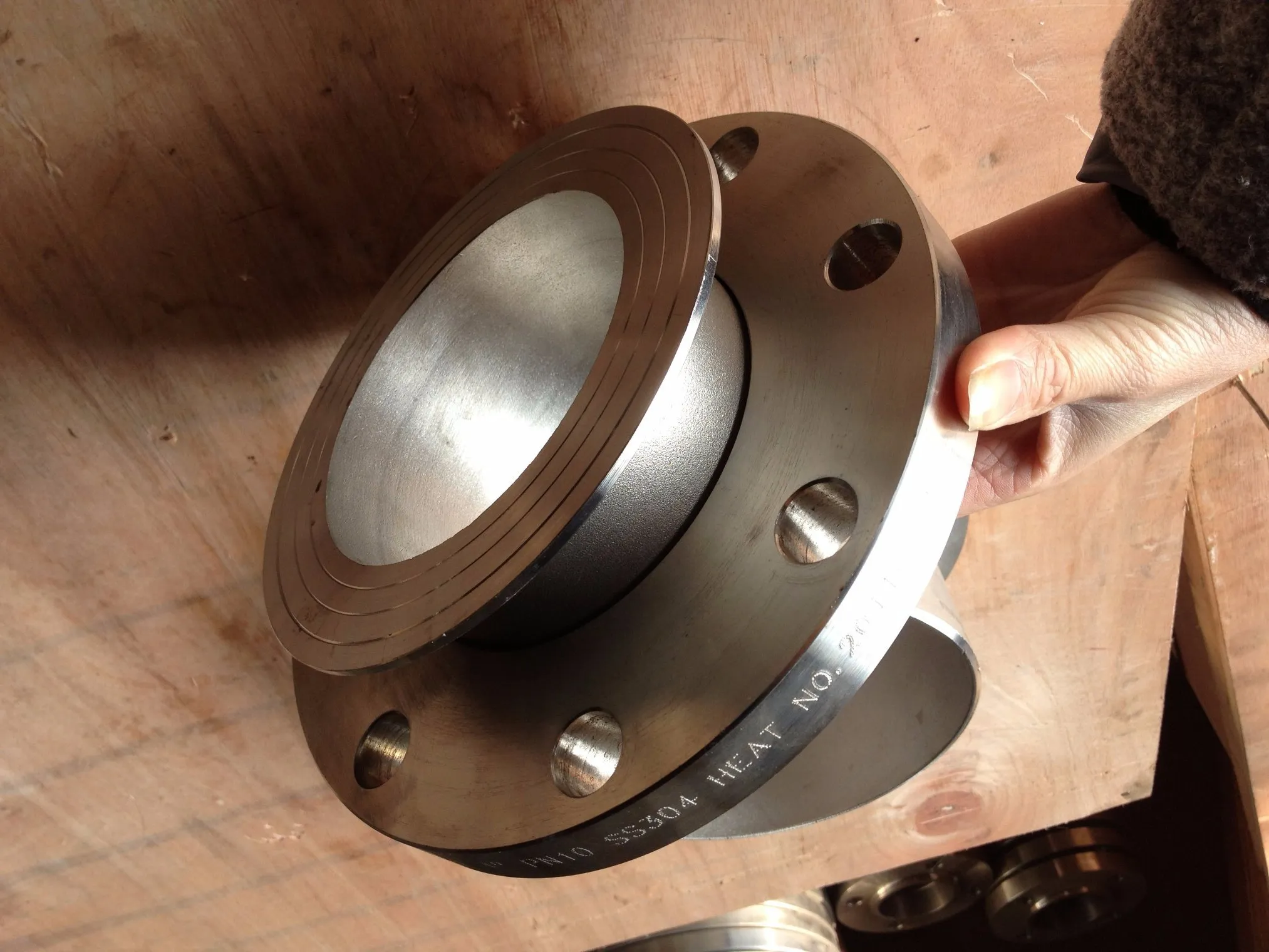
The Pipe Collar allows sections pipe to be opened for inspection, cleaning or replacement without the need for additional welding.
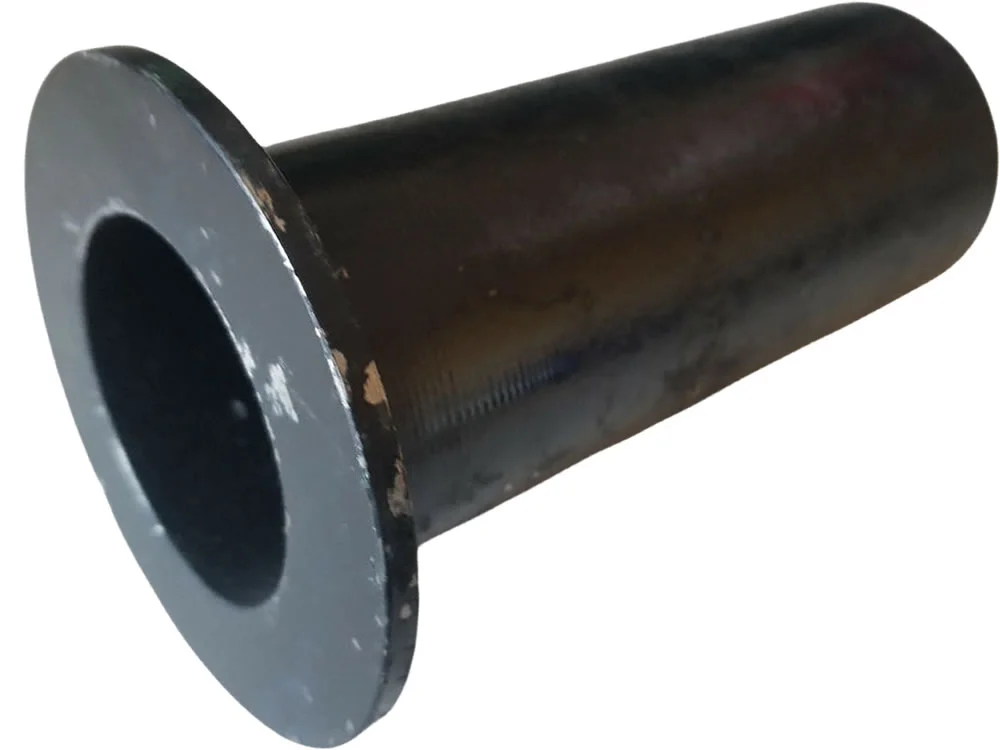
Carbon steel stub ends provide durable, corrosion-...
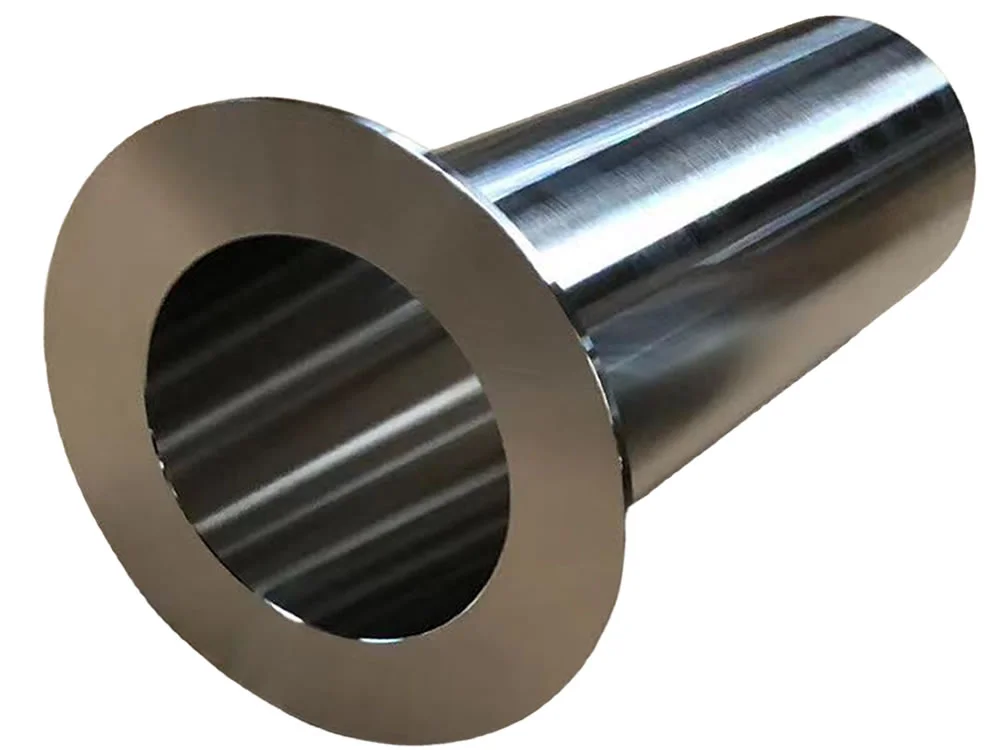
Stainless steel stub ends provide superior corrosi...
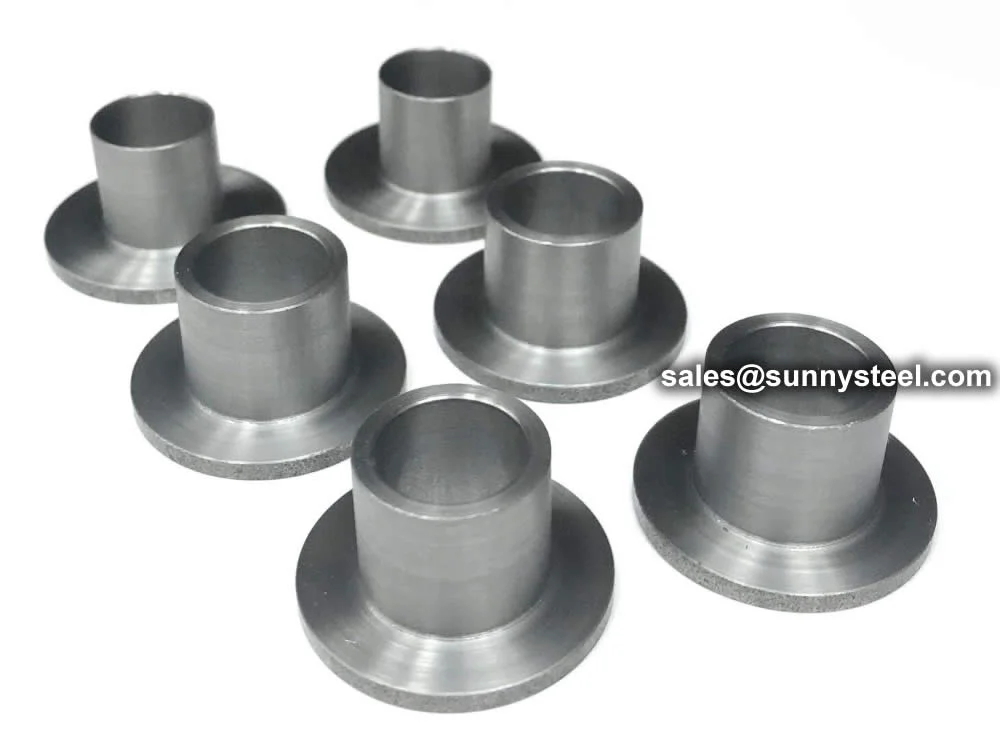
Lap joint stub ends provide flexibility, corrosion...
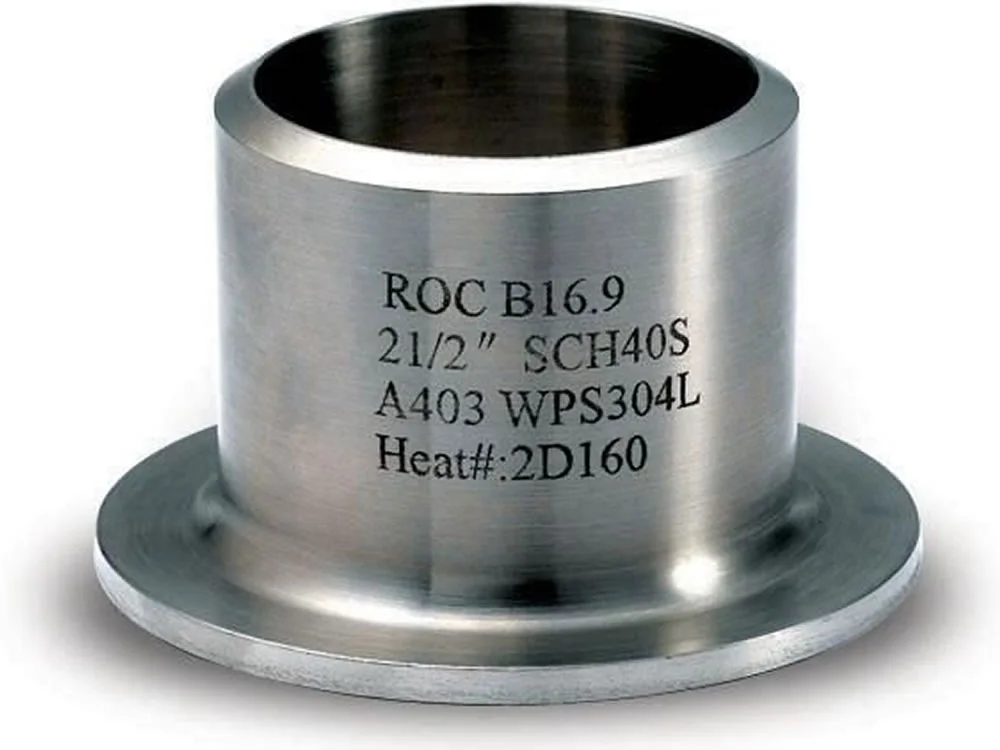
The a403 wps304l stainless stub end is a pipe fitt...
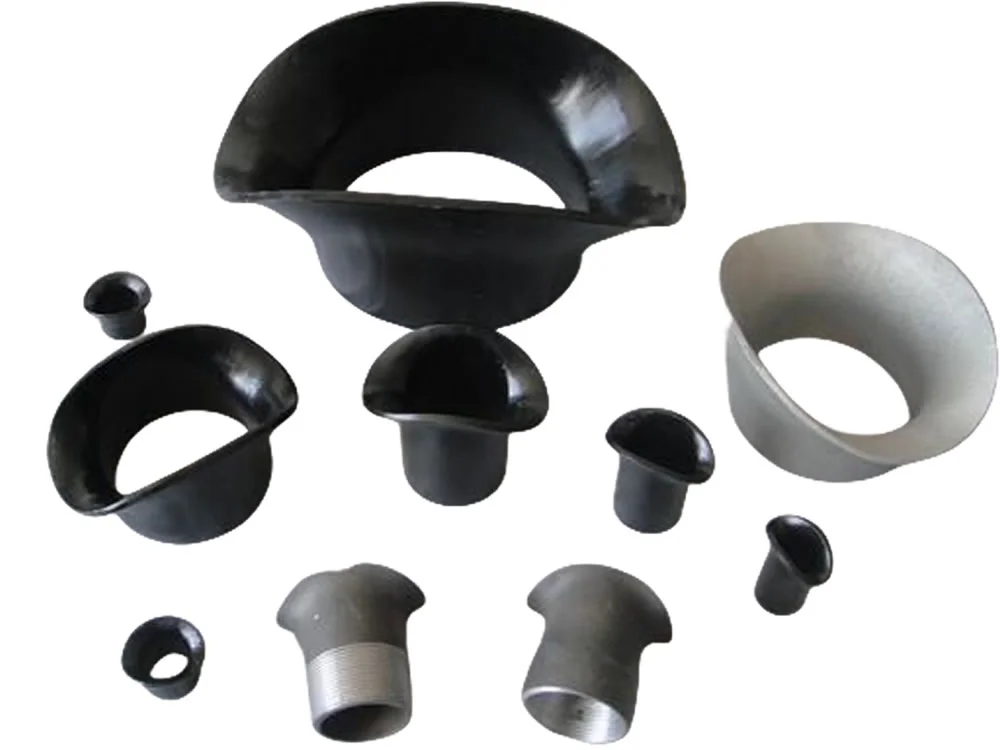
Pipe saddle fittings provide safe and economical s...
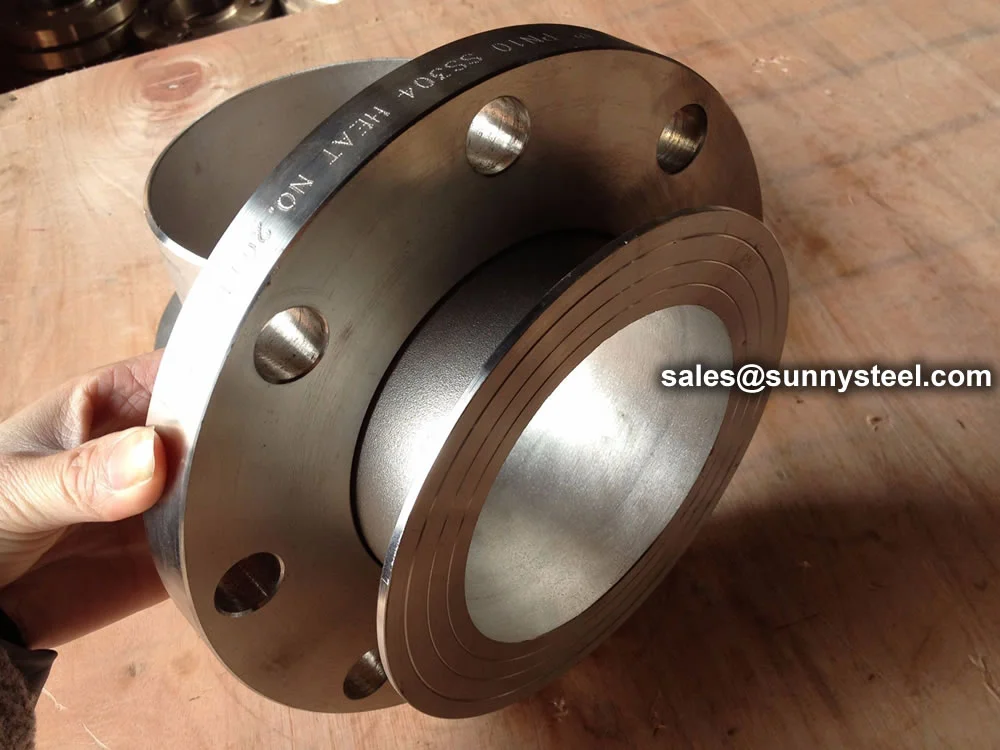
Asme b16.9 stub ends are used with lap joint flang...